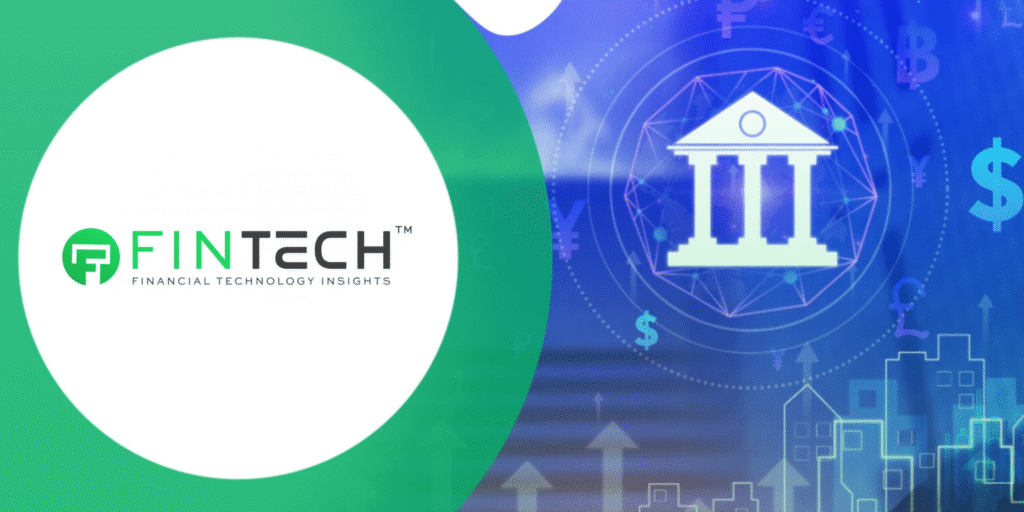Introduction
After research revealed that 69% of North American insurers are experiencing accuracy concerns, GFT and Databricks have formed a partnership to attack the legacy data systems of these companies. According to research, eighty percent of insurance companies have either started adopting artificial intelligence or have plans to do so. However, sixty-nine percent of these companies have reported difficulties with accuracy and bias in their AI initiatives, citing flaws and biases in the technology. A new relationship between GFT and Databricks is being formed with the intention of overcoming these implementation obstacles.
GFT has formed a partnership with Databricks, a provider of data platforms that give organizations with the ability to aggregate and arrange data for artificial intelligence applications.Helping insurers and financial institutions reorganize their data architecture in order to facilitate the deployment of artificial intelligence is the primary focus of the cooperation. 35 years of experience in digital finance, enterprise artificial intelligence, data solutions, and platform modernization are brought to the table by GFT. The company is featured on the SDAX index in Germany and operates in twenty different regions around the world. The company’s 12,000 employees are mostly engaged in software engineering for the manufacturing, insurance, and financial services industries.
Fintech Insights: Top 10 Strategies for Effective Fintech Branding
The fact that many financial institutions keep data in separate systems across their many business units creates access obstacles that prevent artificial intelligence applications from making use of data that is shared across the whole organization. Although there have been attempts by some businesses to combine data into data lakes, which are centralised repositories that can hold both structured and unstructured data, these data lakes frequently lack the structure that is necessary for the successful adoption of artificial intelligence. Not only does the Databricks Data Intelligence Platform strive to solve this problem by integrating the data of the organization, but it also offers a structured environment that is specifically suited for artificial intelligence applications.
In order to provide businesses with real-time insights, GFT develops the workflows and frameworks that enable them to input their data and utilize it to train artificial intelligence models.
Taking advantage of its thirteen years of experience in the Canadian insurance sector, GFT has started working with one of the ten major insurers in Canada recently. Alongside investment products, the company offers coverage for automobiles, homes, households, lives, farms, travel, and commercial enterprises. Data from several business lines, including as policy management, billing, and claims, have been unified by GFT and Databricks into an architecture that is based on Microsoft Azure.
This single data environment makes it possible for the insurance company to adopt analytics driven by artificial intelligence across all of its activities, thereby eliminating the departmental gatekeepers that prevented data access in the past. The alliance intends to implement this strategy over the entirety of North America, with the goal of establishing individualized data infrastructures that are tailored to the specific needs of each industry and organization. The primary objective of this effort is to provide financial institutions with the ability to develop AI capabilities that are in line with market demands.
Industry Comments
“It’s no longer enough for financial institutions to offer generic, surface-level AI capabilities,” says Andre Gagne, CEO of GFT Canada.
“In order to align with customers’ demand for personalised experiences – from hyper-specific claims monitoring, to real-time fraud detection – insurers and banks need AI to be their right-hand-man, instead of a background helper. But doing so first requires accessible, structured data.”
FAQs
1. What is the primary goal of the GFT and Databricks partnership?
The partnership aims to help North American insurers modernize their legacy data systems to overcome challenges such as data inaccuracies and biases. By consolidating and structuring organizational data, they seek to enable more effective AI implementation and deliver real-time insights tailored to market demands.
2. What data challenges are insurers facing in AI implementation?
Many insurers struggle with data stored in disparate systems across business units, which limits access and integration for AI applications. Efforts to consolidate data into data lakes often fall short due to insufficient structure, further complicating AI deployment.
3. How does the Databricks Data Intelligence Platform support AI applications?
The platform provides a centralized, structured environment for organizational data. This structure ensures AI models can access comprehensive and accurate datasets, enabling real-time analytics and reducing biases or inaccuracies in AI-driven insights.
4. How is GFT leveraging its experience to address these challenges?
With over 35 years in digital finance and enterprise AI, GFT designs workflows and frameworks that facilitate data consolidation and AI model training. By implementing custom data architectures, GFT helps insurers and financial institutions unlock the full potential of AI for applications like personalized claims processing and fraud detection.
Conclusion
The partnership between GFT and Databricks marks a significant step in addressing the challenges insurers face with data accuracy and AI implementation. By focusing on consolidating and structuring data within unified environments, the collaboration enables insurers to harness AI for real-time analytics, fraud detection, and hyper-personalized customer experiences.
This initiative has already shown promise in the Canadian insurance market, demonstrating how unified data architectures can break down silos and streamline operations. With plans to scale across North America, GFT and Databricks are setting a benchmark for how financial institutions can modernize their legacy systems and fully capitalize on AI’s transformative potential.
Fintech Insights: Top 10 CTOs Of The Fintech Industry
To participate in our interviews, please write to us at news@intentamplify.com
Top Fintech Stories:



